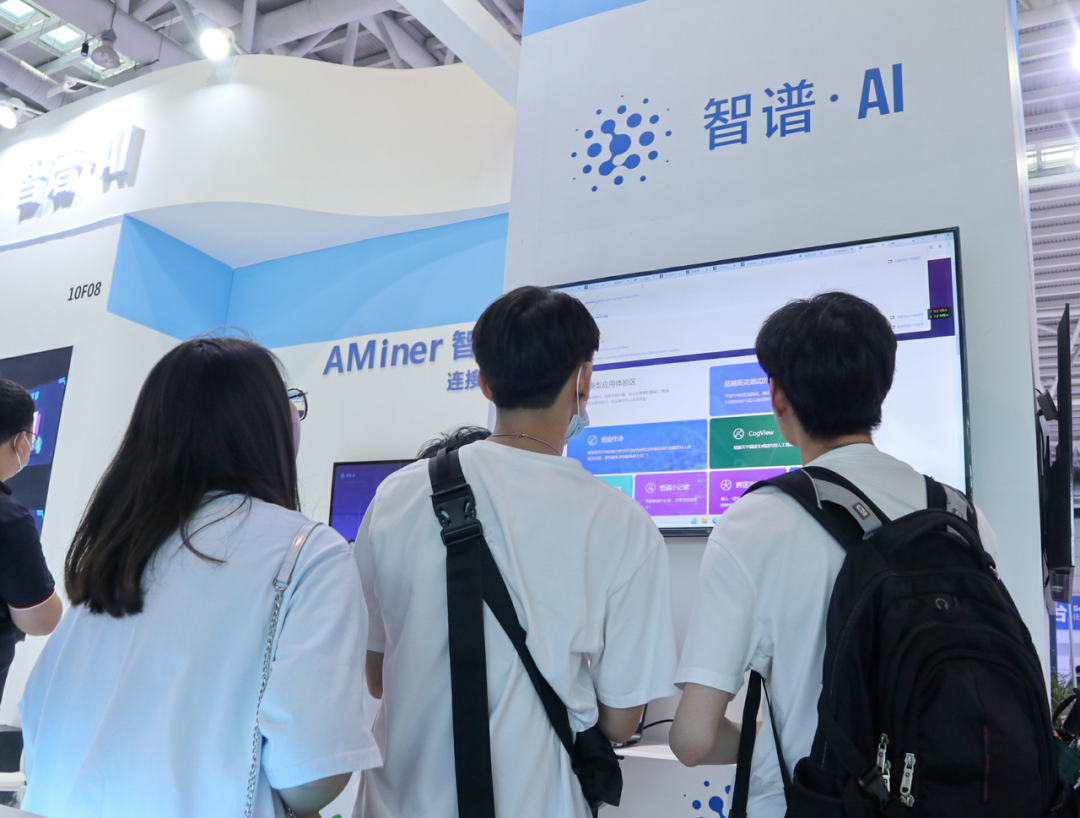iPhone 17 Pro or iPhone Air? It’s a harder decision than usual this year for many iPhone buyers. Here’s how Apple’s latest flagship models stack up against each other, and all the differences that matter.
Displays

For the first time, Apple has expanded ProMotion support to the non-Pro iPhone models.
iPhone Air and both iPhone 17 Pro models include the same exact ProMotion feature, with support for 120Hz variable refresh rate and an always-on display.
In fact, the Super Retina XDR display for each device is identical in power and specs. The only difference is screen size:
- iPhone Air: 6.5 inches
- iPhone 17 Pro: 6.3 inches
- iPhone 17 Pro Max: 6.9 inches
All models also gain support for the ability to disable PWM if it bothers you.
Size and weight

This is a major area of difference with Apple’s iPhone Air and iPhone 17 Pro models.
| iPhone Air | iPhone 17 Pro | iPhone 17 Pro Max | |
| Height | 6.15 in (156.2 mm) | 5.91 in (150.0 mm) | 6.43 in (163.4 mm) |
| Width | 2.94 in (74.7 mm) | 2.83 in (71.9 mm) | 3.07 in (78.0 mm) |
| Depth | 0.22 in (5.64 mm) | 0.34 in (8.75 mm) | 0.34 in (8.75 mm) |
| Weight | 5.82 oz (165 g) | 7.27 oz (206 g) | 8.22 oz (233 g) |
While iPhone Air offers a new ultra-thin and light design, the 17 Pro line is getting slightly larger and heavier than last year’s models.
Battery life

Size and weight differences make a big impact on battery life.
Here’s what Apple says to expect from each battery:
- iPhone Air: Up to 27 hours video playback
- iPhone 17 Pro: Up to 33 hours video playback
- iPhone 17 Pro Max: Up to 39 hours video playback
For a current reference point, iPhone Air’s 27 hours is identical to iPhone 16 Pro, and exceeds the base iPhone 16’s 22 hours. But it clearly falls short of what Apple has done with the 17 Pro line.
Camera systems

For anyone on the fence about the iPhone 17 Pro or iPhone Air, camera systems might be the single most significant differentiator.
iPhone 17 Pro offers three rear cameras vs. only one on the iPhone Air. They both include the 48MP Fusion Main camera.
But with no Telephoto or Ultra Wide camera on the Air, you lose a lot of features too.
Here’s a rundown of camera features iPhone Air is missing:
- No Macro photos or video
- No Spatial photos or video
- No ProRAW photos or video
- No Cinematic Mode for video
- No Studio-quality four-mic array
- No LiDAR Scanner
- No Pro-focused video features like Genlock or Apple Log 2
Additionally, here’s a rundown of even more Air shortcomings:
| iPhone Air | iPhone 17 Pro | |
| Optical zoom | 1x, 2x | .5x, 1x, 2x, 4x, 8x |
| 4K Dolby Vision | 60 fps | 120 fps |
| Slow-mo video | 1080p | 4K Dolby Vision |
| Flash | True Tone | Adaptive True Tone |
| OIS | Sensor-shift OIS | 2nd gen sensor-shift OIS |
If you’re interested in the new selfie camera, there’s good news: the Center Stage front camera is available across Apple’s full lineup.
Performance

iPhone 17 Pro and iPhone Air technically both include the A19 Pro chip, and each offers 12GB of RAM.
However, 17 Pro models will perform better than iPhone Air for two reasons:
- each has a 6-core GPU vs. the 5-core iPhone Air version
- only the Pro models have the new Apple-designed vapor chamber for cooling
That vapor chamber was given a lot of attention by Apple in its 17 Pro unveiling. It’s will enable better sustained performance than the iPhone Air can offer.
Design and colors

iPhone 17 Pro has a new aluminum unibody design. Based on early reactions, it’s proving very controversial as some people seem to love it while others hate it. Colors include:
- Cosmic Orange
- Deep Blue
- Silver
iPhone Air is now the only new iPhone that still uses titanium in its frame. It offers a sleek, elegant look that contrasts sharply with the bold iPhone 17 Pro. Colors include:
- Sky Blue
- Light Gold
- Cloud White
- Space Black
Pricing

Here’s how pricing compares in Apple’s lineup:
- iPhone Air: $999
- iPhone 17 Pro: $1,099
- iPhone 17 Pro Max: $1,199
These prices are for the same 256GB of storage, with $200 increases for most storage bumps across devices.
All the rest

There are a few other assorted differences worth noting between devices.
iPhone Air uses Apple’s C1X 5G modem, while iPhone 17 Pro sticks with Qualcomm and supports mmWave.
If you want a physical SIM card, iPhone 17 Pro is your only option as iPhone Air is eSIM-only.
USB transfer speeds differ:
- iPhone Air’s USB-C port only supports USB 2
- iPhone 17 Pro supports USB 3 for up to 20x faster transfer speeds
And if you want the most possible storage, Apple’s new 2TB option is exclusive to the iPhone 17 Pro Max. Both the iPhone Air and 17 Pro top out at 1TB.
iPhone 17 Pro vs iPhone Air: wrap-up
Overall, the biggest differentiators between iPhone 17 Pro and iPhone Air are easily battery life and cameras. Which model you choose will likely have a lot to do with how important those differences are to you.
Are you trying to decide between iPhone 17 Pro vs. iPhone Air? What’s your current leaning? Let us know in the comments.
More 9to5Mac product comparisons:
Best iPhone accessories


FTC: We use income earning auto affiliate links. More.










